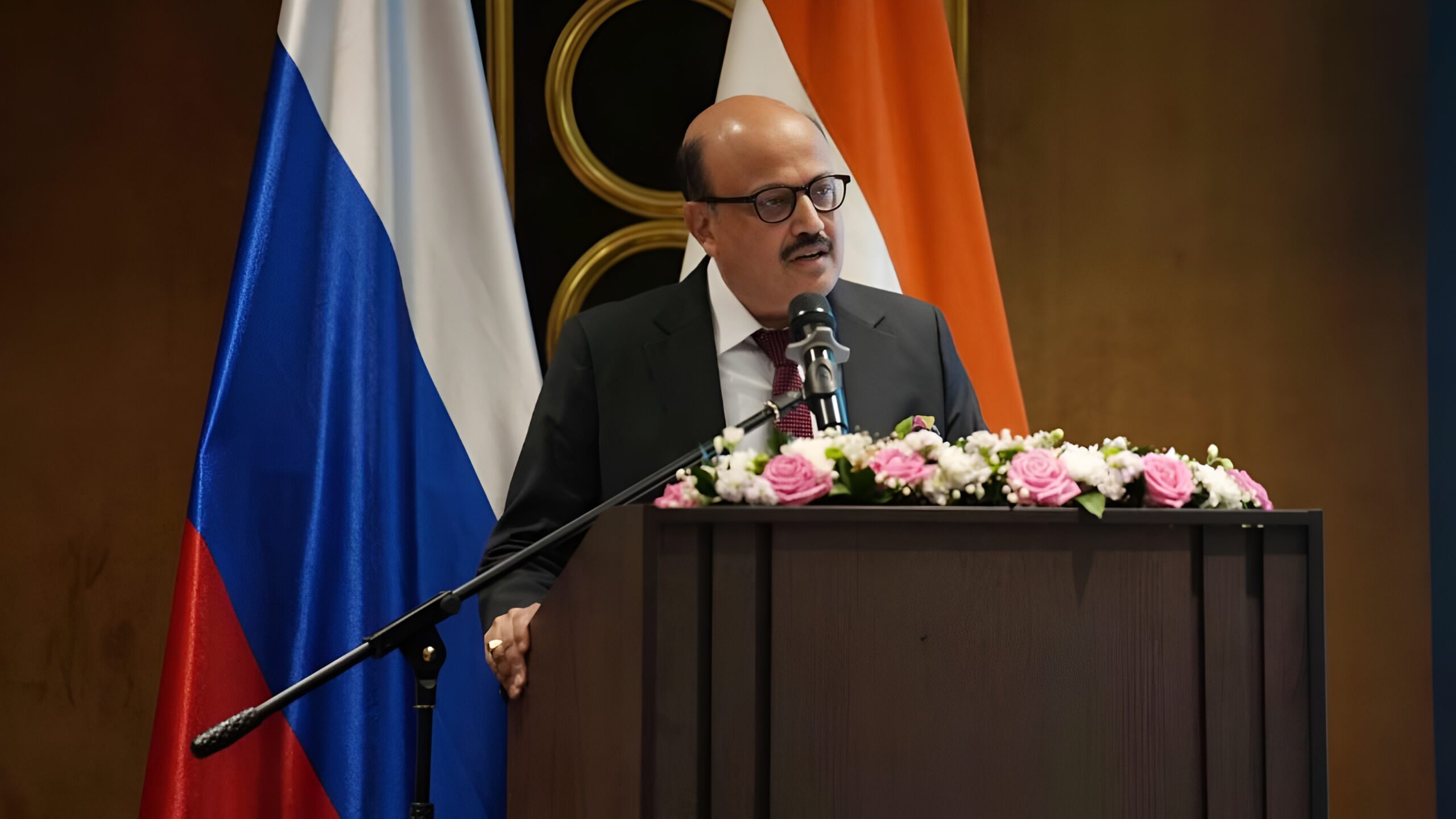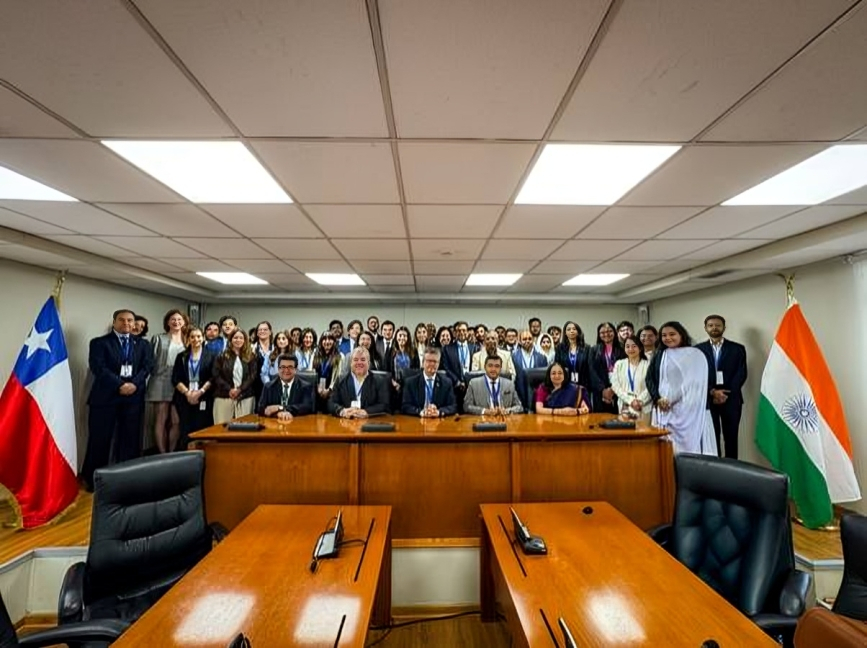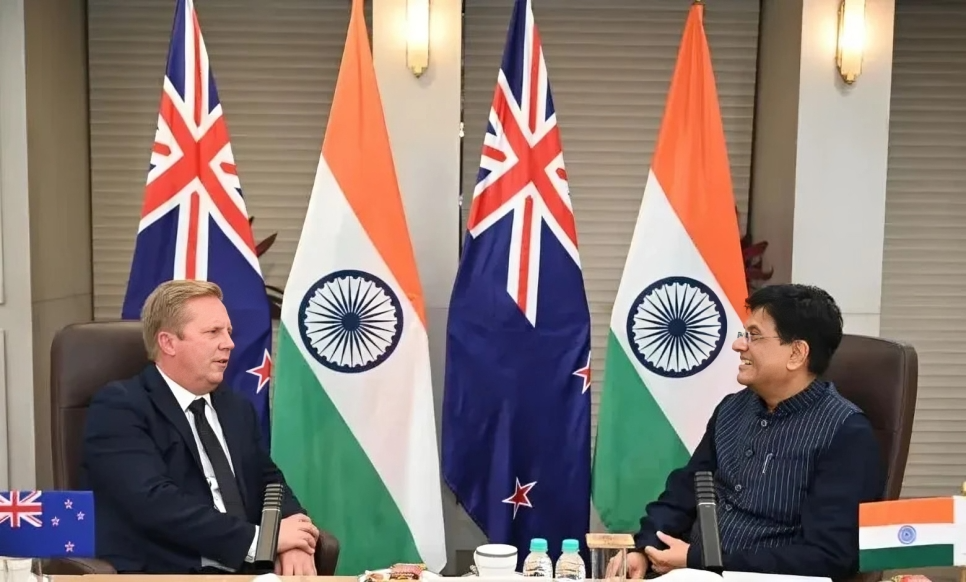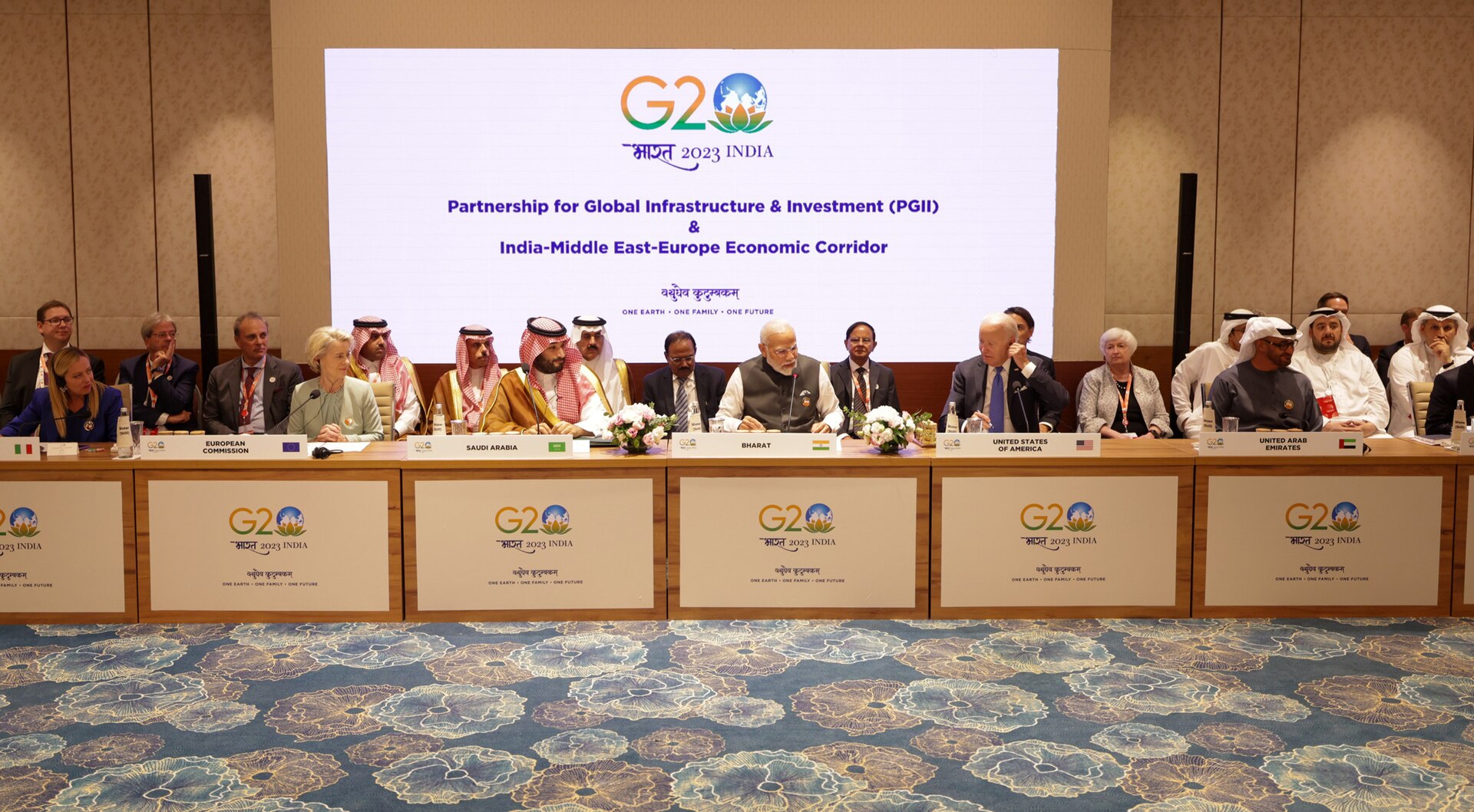India’s Moment to Climb the Global Value Chain Ladder
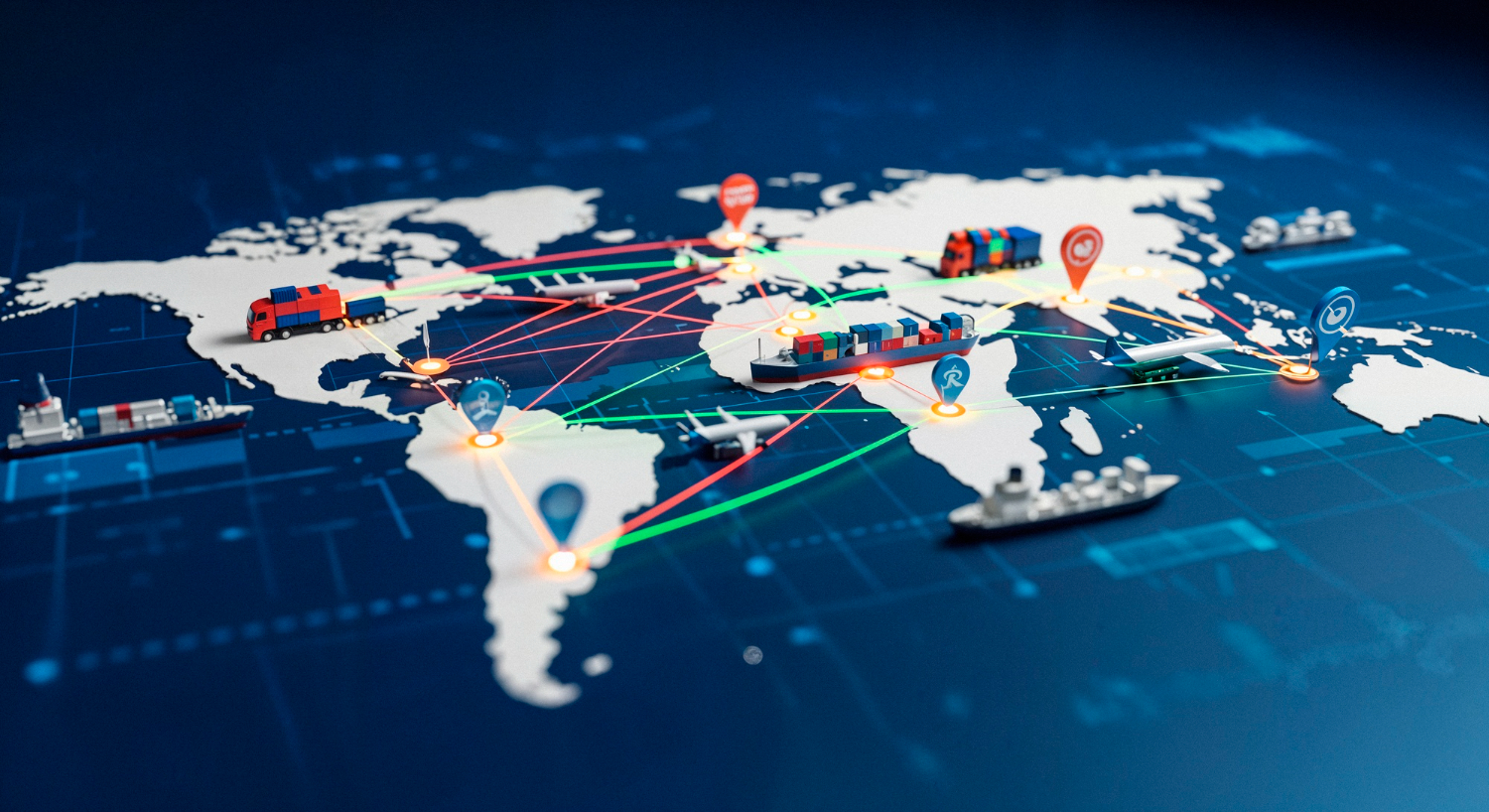
As 2025 draws to a close, India’s economic strategy is shifting decisively toward deeper integration with global value chains (GVCs). While the economy continues to grow at a healthy clip, its share of world merchandise exports hovering near 1.8% remains modest for its size. The real prize lies in moving beyond low-value assembly into high-tech design, precision engineering and knowledge-intensive services, even as geopolitics and technology reshape how supply chains are built.
Escaping the Low-Value Trap
For over a decade, India’s participation in complex cross-border production networks lagged behind its peers. Backward linkages in exports have declined since the late 2000s, and the country’s electronics exports remain focused on final assembly rather than upstream components. By contrast, smaller Asian economies have steadily embedded themselves into higher rungs of these networks through aggressive technology absorption and supply-chain learning.
Reversing this requires importing advanced inputs, investing in R&D and using trade openness as a platform for “learning by linking.” Strengthening intellectual-property protection, promoting design-led manufacturing and building scale in semiconductors, precision machinery and clean-tech are key to avoiding a “low-value lock-in.”
Reform Tailwinds: GST 2.0 and PLI Expansion
Tax policy is finally catching up with industrial ambition. The launch of GST 2.0 in mid-2025 collapsed five rate slabs into three, 5%, 18% and 40% for luxury or sin goods ending years of confusion for investors and SMEs. Rationalised rates on cement and man-made fibres are trimming project costs and resolving inverted duties that once hampered apparel exports. Abolishing the compensation cess has added predictability to long-term business planning.
On the investment side, the Production Linked Incentive (PLI) framework continues to gather momentum. By September 2025, cumulative investments across sectors surpassed ₹1.76 lakh crore, producing output worth over ₹16.5 lakh crore and creating an estimated 12 lakh jobs. A new PLI tranche for white goods, including air-conditioners and LED lighting, underscores continuity. State-level initiatives, such as Uttar Pradesh’s ₹35,000-crore package to revive Kanpur’s leather and textile hub, are dispersing manufacturing beyond the traditional metro belt.
Geopolitics and Trade Strategy
Industrial renewal is inseparable from external strategy. The re-ordering of supply chains is being accelerated by U.S.–China rivalry, European risk-diversification and disruptions from the Russia–Ukraine conflict. India’s stance of “strategic autonomy” is giving it room to navigate these shifts.
The U.S. tariff shock of August 2025, raising duties on selected Indian goods to 50% has spurred urgency for a bilateral pact. A first tranche covering digital trade, critical minerals and farm products is expected by year-end. Talks with the EU have reached their most advanced stage in a decade, with proposals to open markets for pharmaceuticals, automobiles and IT services. Partnerships under the Indo-Pacific Economic Framework and the Supply Chain Resilience Initiative are embedding Indian producers into trusted sourcing networks. Pragmatic energy and technology ties with Russia, and expanding links with ASEAN and Africa, help spread market risk and secure technology flows.
Tackling Structural Bottlenecks
Even with better tax clarity and incentives, competitiveness depends on removing chronic frictions. Borrowing costs for mid-sized manufacturers often exceed 12%, constraining upgrades and working capital. Logistics absorb about 13% of GDP, far above the 8–9% seen in peer economies. Swift execution of the National Logistics Policy, completion of freight corridors such as the Delhi–Mumbai and Eastern DFC, and tighter alignment of state-level charges with GST reforms will be vital to slash transport costs and speed up cargo flows.
India also spends less than 1% of GDP on research and development. Dedicating a share of PLI budgets to joint research, strengthening university-industry labs and nurturing a robust patent culture can push firms from contract manufacturing to designing globally competitive products.
Workforce and Technology Readiness
India’s workforce set to form nearly one-fifth of the global working-age population by 2030 is an unmatched advantage, but only if quality keeps pace with quantity. Investment in vocational training aligned with Industry 4.0, AI-driven manufacturing, and sustainable supply-chain practices is crucial. Digital platforms like the Open Network for Digital Commerce (ONDC) and new credit-sharing systems for SMEs can widen market access and integrate smaller firms into e-commerce supply webs.
Green manufacturing is another frontier. As buyers impose carbon-footprint benchmarks, upgrading energy efficiency and adopting circular-economy practices will be essential to retaining market share.
Toward an Integrated 2030 Vision
India’s journey up the GVC ladder hinges on synchronising incentives, infrastructure and diplomacy. PLI clusters must be supported by reliable ports and warehouses; GST 2.0 reforms must be mirrored by simplified state procedures; trade deals should dovetail with domestic capacity-building. Coherence, not fragmentation, will determine whether policy signals translate into global competitiveness.
If executed with discipline, these initiatives could lift India’s merchandise-export share to above 3% by 2030 and raise manufacturing’s GDP contribution toward 25%. More importantly, they would generate higher-quality employment, deepen technology absorption and distribute growth more evenly across states.
The current re-ordering of global production presents a finite window. Incentives without research, or market access without supply-side reforms, will not be enough. India’s challenge is to hardwire competitiveness into its economic DNA through consistent implementation, institutional agility and partnership with private enterprise.
A decade defined by resilience, sustainability and rapid technological change is underway. Whether India merely rides these currents or helps steer them will depend on how firmly it embeds itself in the higher tiers of global value chains.






